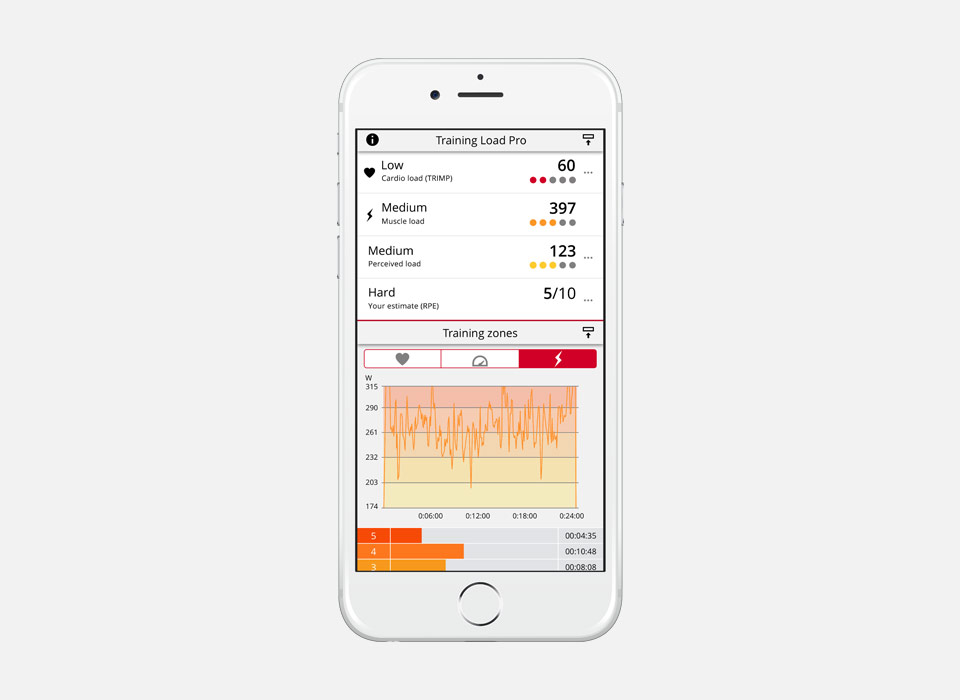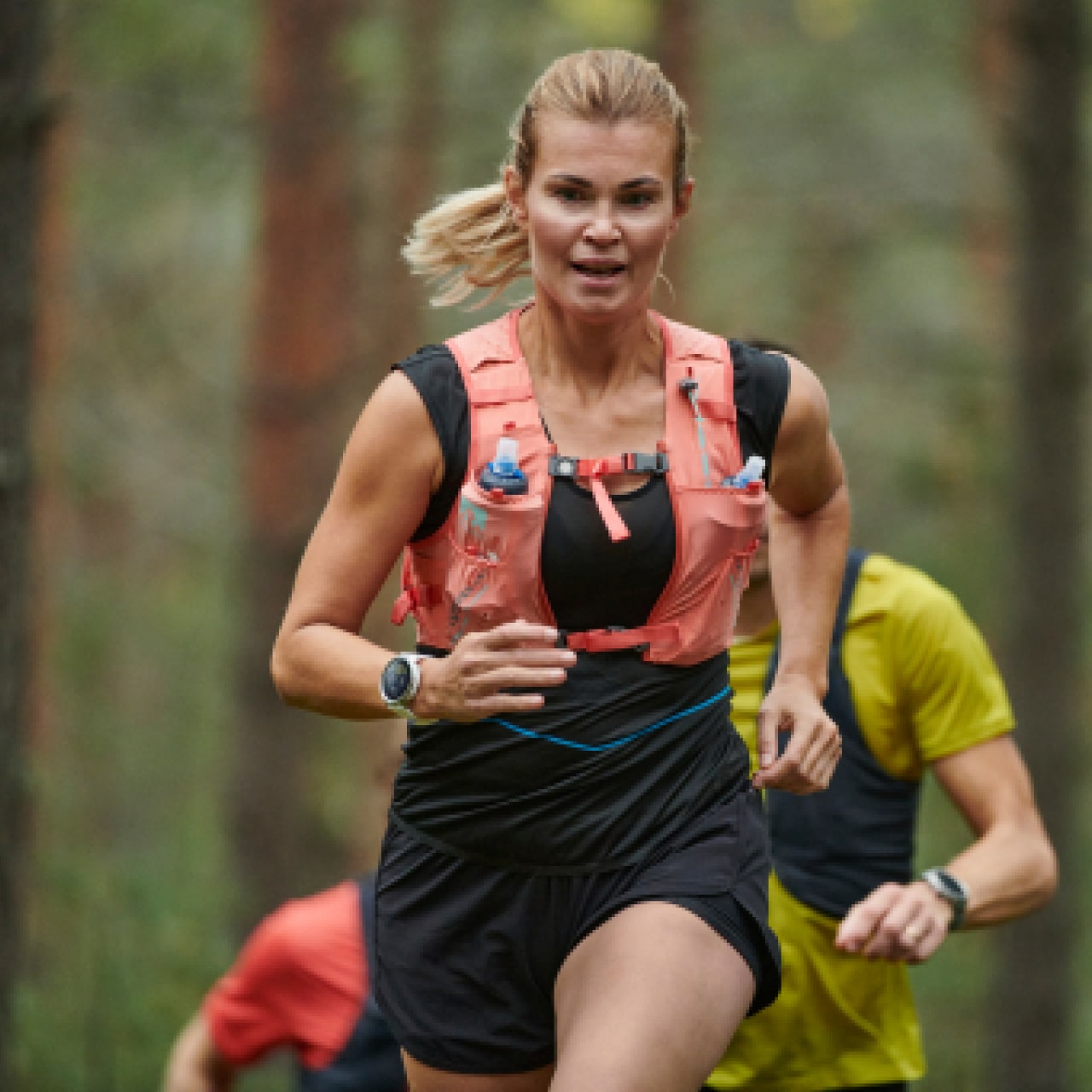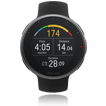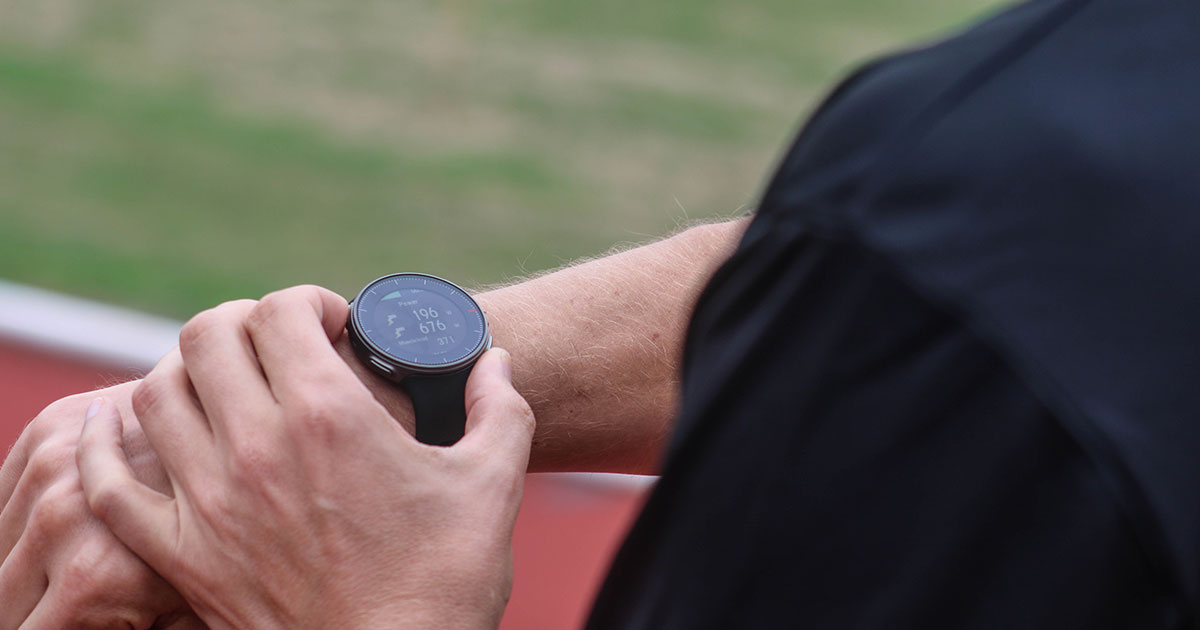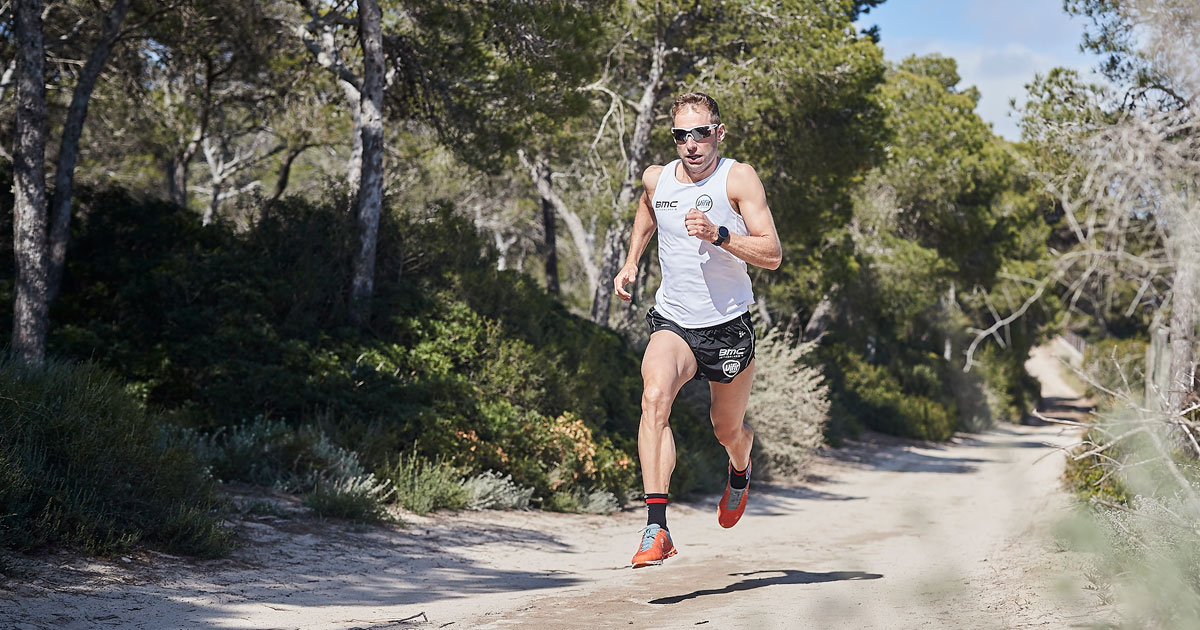Training with Running Power
Running power is a great complement to heart rate – heart rate indicates your internal load or work rate, whereas power measures your external work rate. Polar’s wrist-based Running Power makes the benefits of power measurement easily available to your running sessions.
Rethink your sprints
Power responds to intensity changes almost instantly, which makes it an excellent guiding metric for sprints and short intervals. Instead of a certain pace or heart rate zone, aim for a specific power zone.
Power also has a wide dynamic range, which means it can measure your effort even on very high intensities (anaerobic work).
Keep a steady effort no matter where you run
When you run in hilly terrain and want to keep your effort level steady, pace alone isn’t the ideal guiding metric. Running Power takes into account the changes in your pace and altitude, so you can use it to maintain a steady effort level when running uphill.


